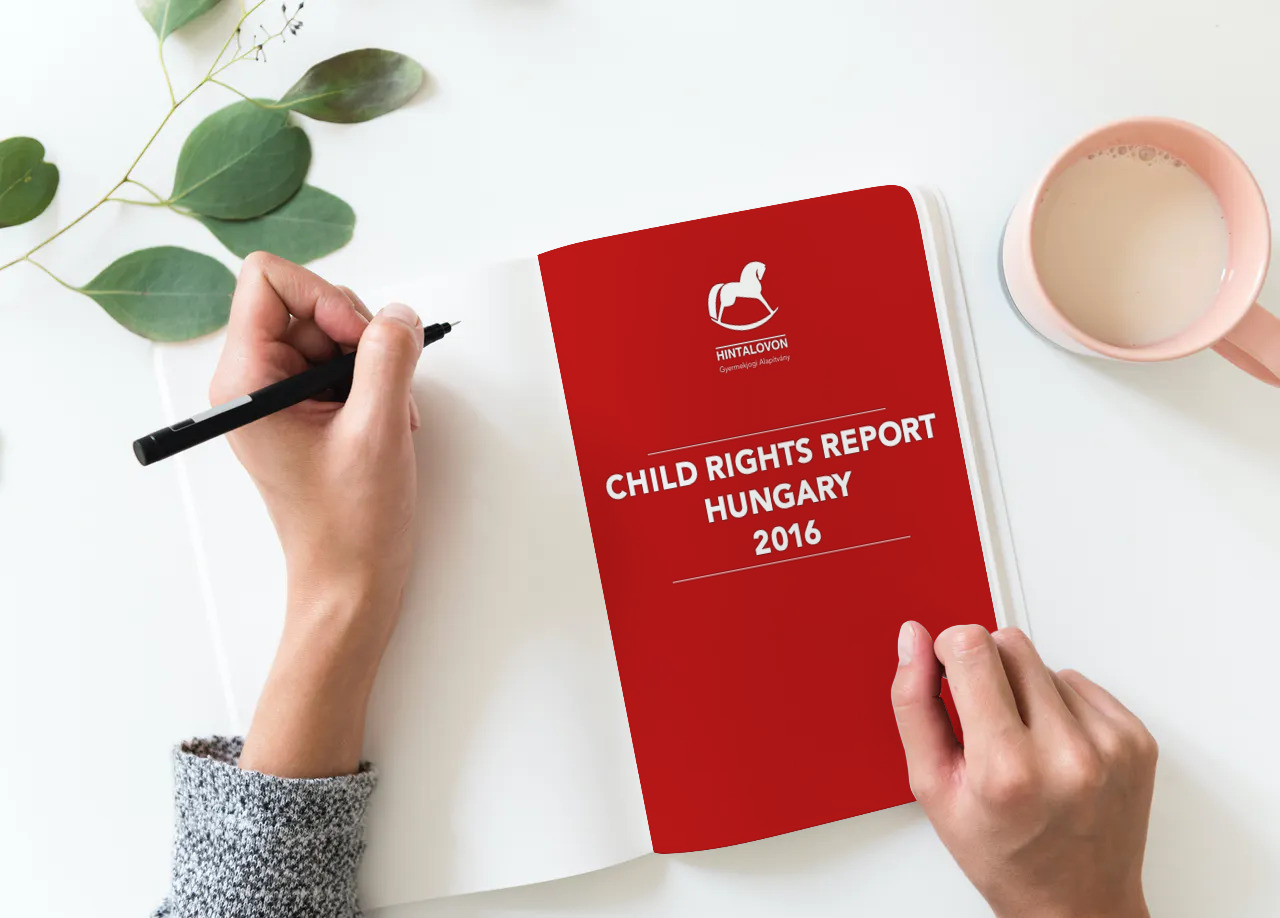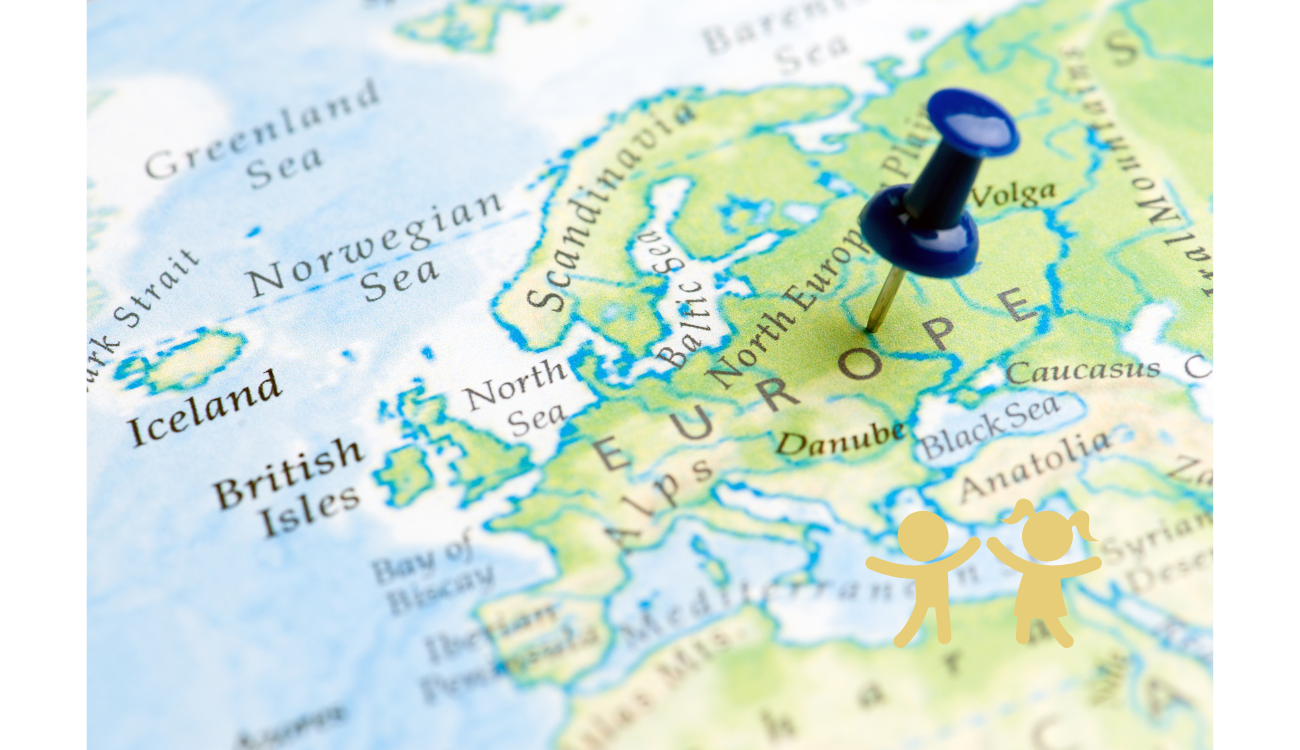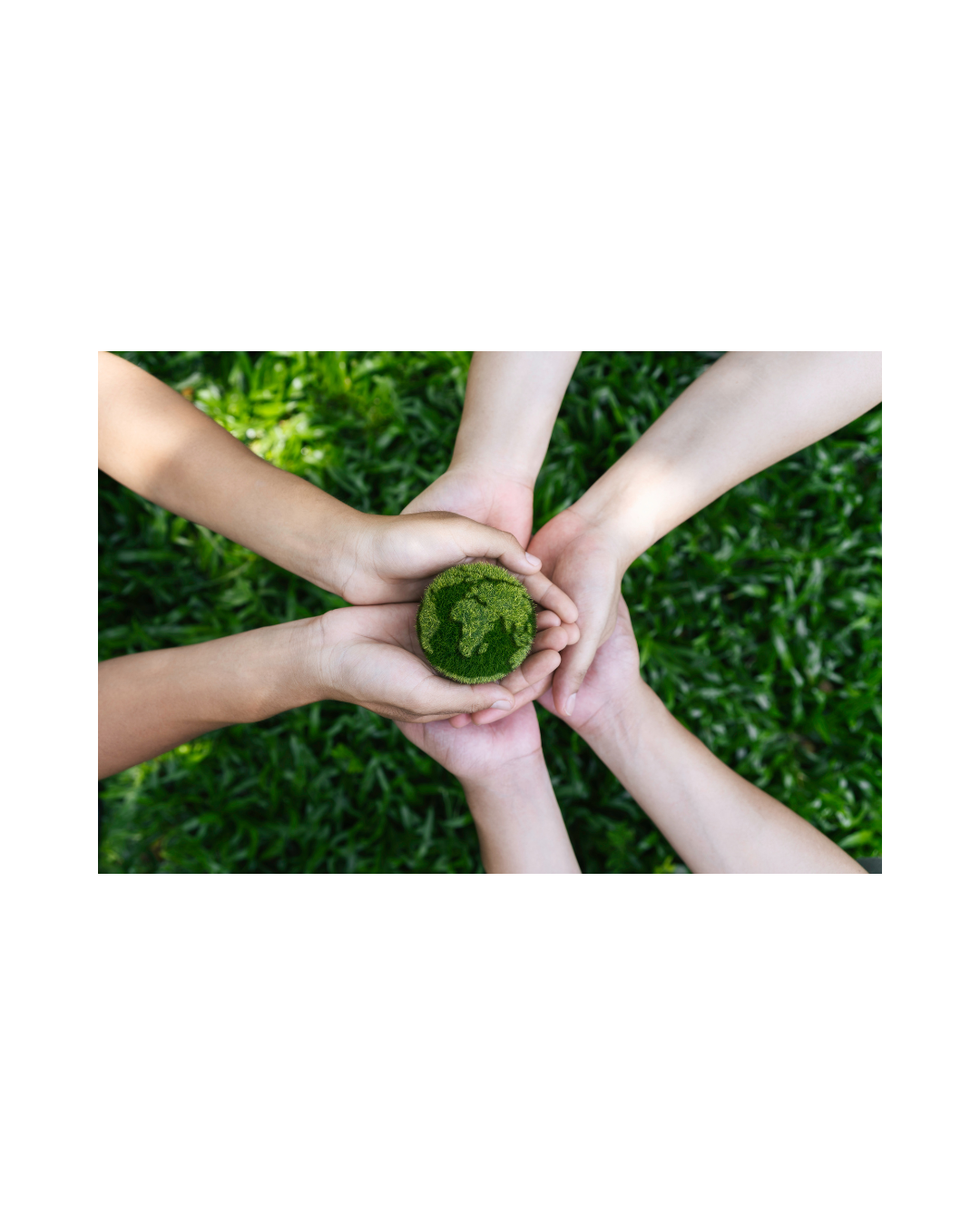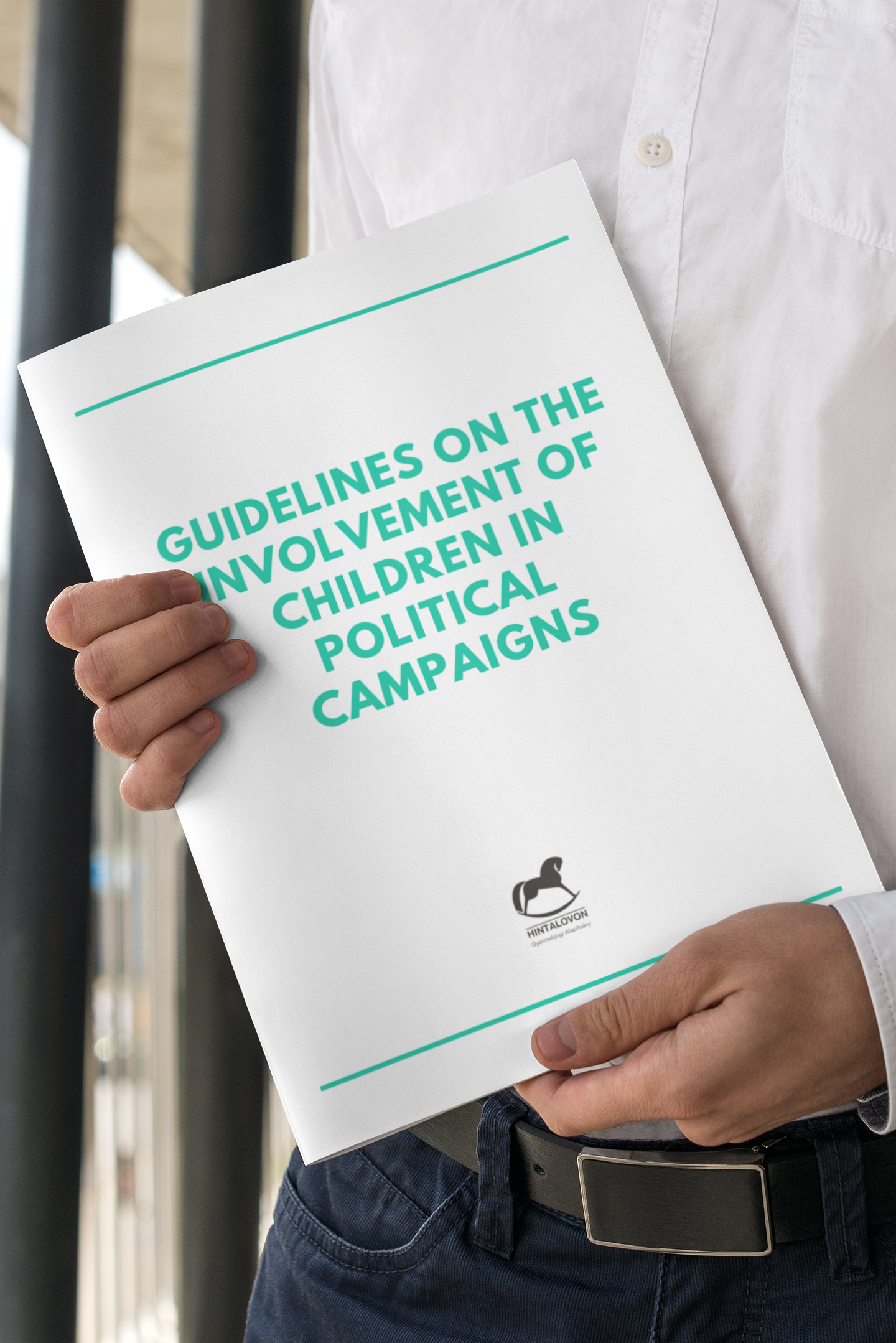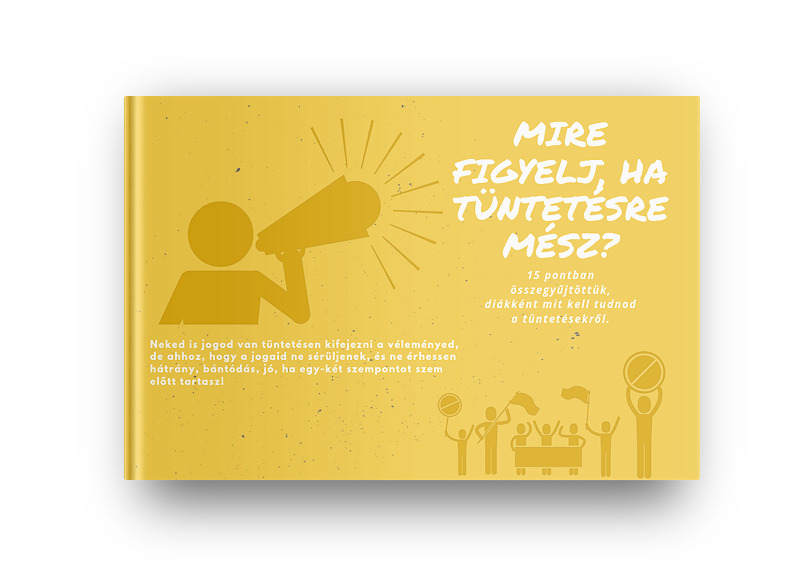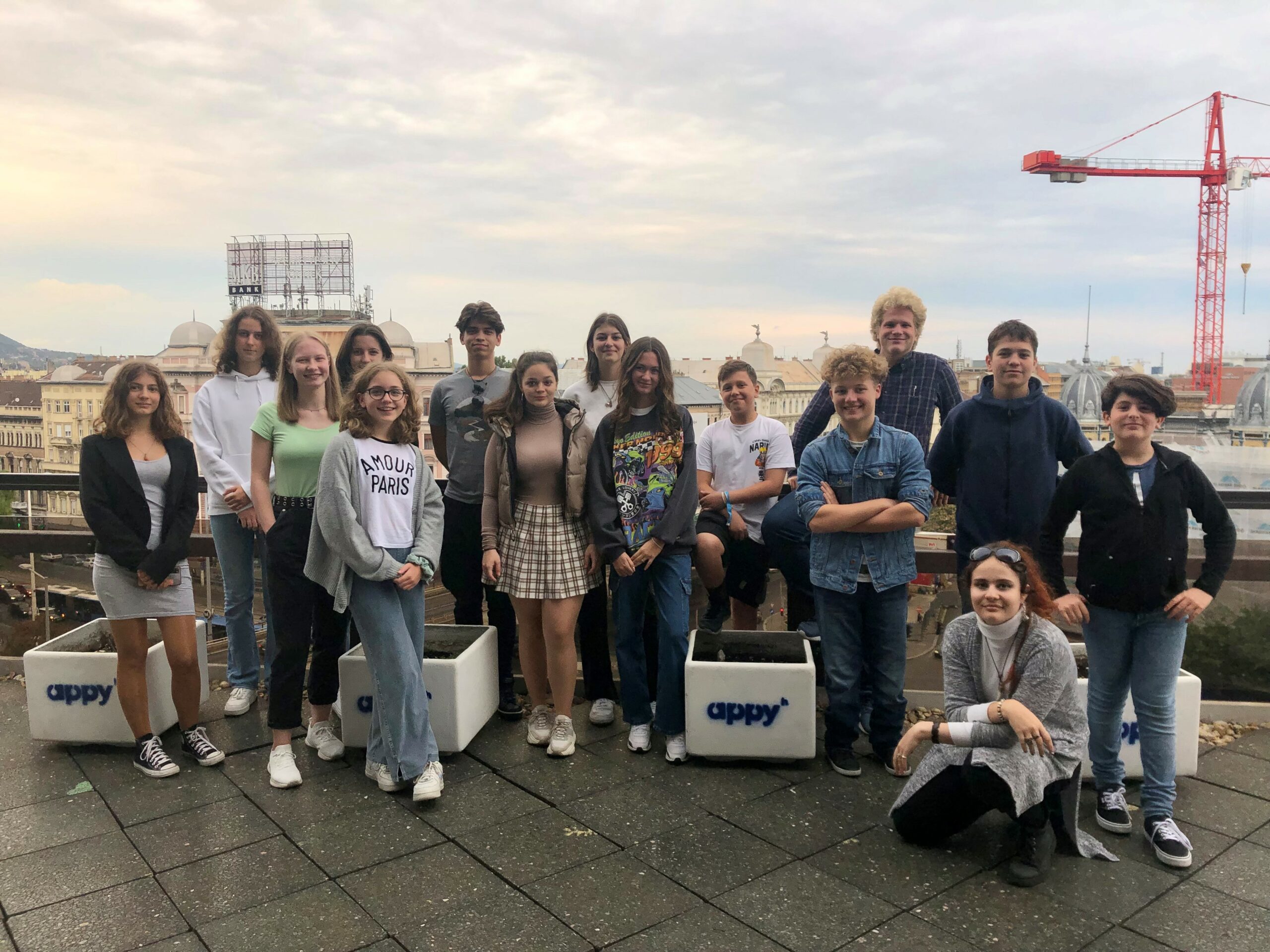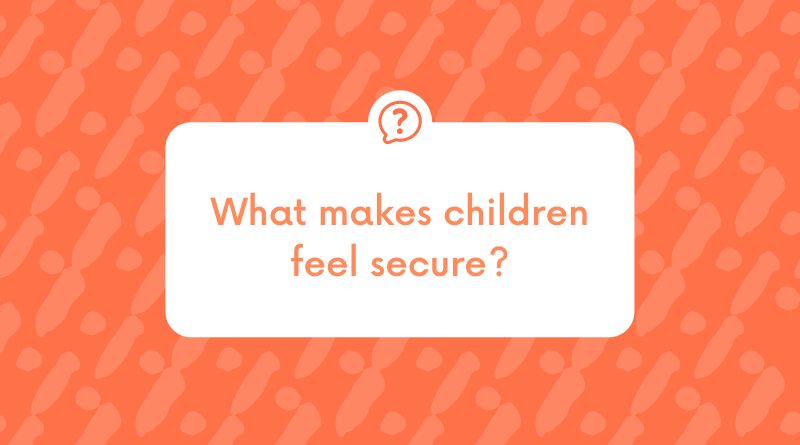Child rights report
The annual comprehensive child rights report of the Hintalovon Foundation compiles the events that defined the legal changes and statistics vis-à-vis children’s rights. It examines the implementation of children’s rights, how they are exercised and identifies the topics that ruled public discourse; it shows how we, adults, think about children.
The central question of the report: “How was it like to be a child in Hungary?” The Child rights report aims to answer this question every year while also trying to highlight which child rights issues received consensus in society or among professionals and stakeholders.
We sincerely hope that our report provides an important source of information that contributes to an enhanced sensitivity to children’s rights and supports the work of professionals in fields of child protection or children’s rights.
The Foundation published its first Child rights report in 2017 which described the most influential events in 2016 from a child rights angle. Every topic that emerged in the news and every question that defined or provoked public debate regarding children is incorporated. It analyses legislative reforms, governmental and non-governmental initiatives as well as media coverage in order to draw an extensive picture of the children’s rights issues that most piqued public interest.
Do not let the debates and problems nor the results and achievements fade away. That is our primary objective with the report. If we keep moving from one scandal to the next and start every debate over and over again, nothing will change – said Barbara Németh, head of Child Participation Programme.
How do we work?
The Child rights report adopts a value-based, children’s rights-focused approach, but it does not evaluate (e.g. it does not contain recommendations). During the preparation of the report we collect information from three fields: laws amended and entered into force in the given year, professional materials, statistical and informational data published in the given year, and news and media reports relevant to children’s rights. We consider the latter category important because the trends of the media and public discussion tend to be able to influence stakeholders and may even result in legislative reforms.
The Child rights report is compiled by the professional team of the Hintalovon Foundation. A number of experts are also invited to give their opinions on the draft of the report. Its main points are brought to expert forums and debated during the drafting procedure. The report follows the structure of the Closing Observations of the UN CRC Committee for Hungary in 2014, the lettering of the chapters also align with that. The Child rights report is available in English and Hungarian while a version for children under 18 is also prepared, since this work is mostly about them and for them.
